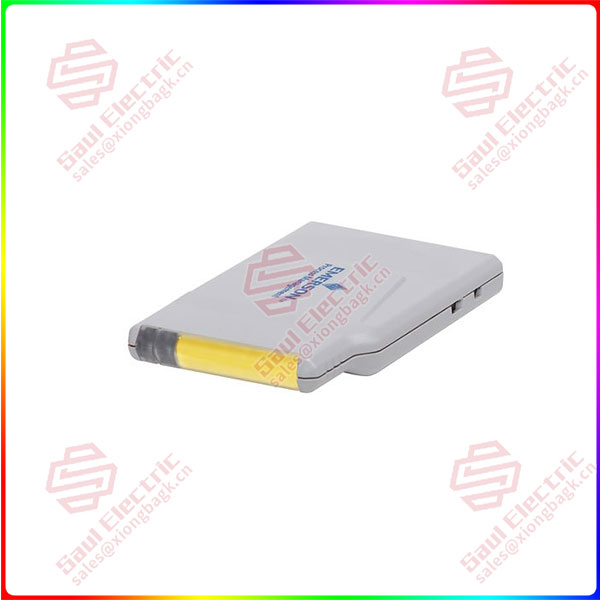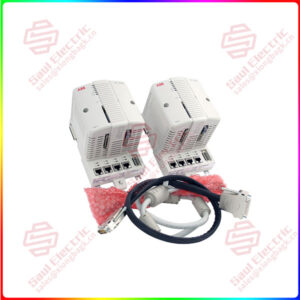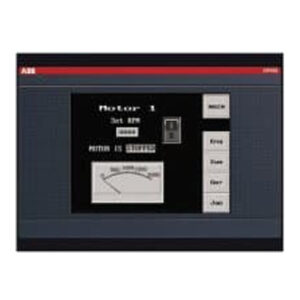Description
Overview
Essential details:SS4301T02 DeltaV™ LS DI 24 VDC Low-Side Sense
lf you need to inquire or purchase ,please send the product models to my email or call medirectly .
sunny He
[Email] sales@saulcontrol.com
[Mobile] 86-18059884797
[WhatsApp] 86-18059884797
[Skype] sales@saulcontrol.com
SS4301T02 DeltaV™ LS DI 24 VDC Low-Side Sense
The SS4301T02 DeltaV™LS DI 24 VDC low side sensor has a wide range of applications in industrial automation, mainly in the following areas:
Switch signal detection: The sensor can be used to detect the status of the switch signal, such as the device start/stop state, valve open/closed state, etc. By detecting these signals, the sensor can feedback the operating status of the device to the control system, and realize the remote monitoring and management of the device.
Process control: The sensor can be used to detect various parameters in industrial processes, such as temperature, pressure, flow, etc. By monitoring these parameters in real time, the sensors can feed back the state of the process flow to the control system to achieve accurate process control and optimization.
Safety protection: The sensor can be used for safety protection systems, such as equipment overload protection, fault shutdown protection, etc. By monitoring the operating status and parameters of the equipment in real time, the sensor can send an alarm or stop signal in time when there is an abnormal situation to ensure the safety of equipment and personnel.
Data acquisition and monitoring: The sensor can be used in conjunction with other data acquisition devices to achieve data acquisition and monitoring in industrial sites. By collecting the operating data of the device in real time, the sensor can transmit the data to the host computer or cloud platform, which is convenient for users to perform data analysis and remote monitoring.
In summary, the SS4301T02 DeltaV™LS DI 24 VDC low-side sensor has applications in industrial automation such as switching signal detection, process control, safety protection, and data acquisition and monitoring. Through the application of the sensor, it can realize the remote monitoring and management of equipment, accurate process control and optimization, ensure the safety of equipment and personnel, and improve production efficiency and product quality.


 1 Year Warranty
1 Year Warranty


